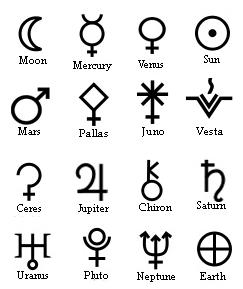Science Looks at Astrology
Isaiah 47:13
“Thou art wearied in the multitude of thy counsels. Let now the astrologers, the stargazers, the monthly prognosticators, stand up, and save thee from [these things] that shall come upon thee.”
Judging by the number of newspapers that carry daily horoscope columns, astrology continues to be very popular. Unfortunately, even many Christians have more than a passing interest in astrology.
Interest in astrology goes back thousands of years. And so do God’s warnings for His people to  stay away from astrology. However, it is only within the last 50 years that science has subjected astrology’s claims to careful testing. Studies have turned up all sorts of problems with astrology. For example, as the Earth rotates, it also wobbles. As a result of that wobble, the zodiac upon which astrology is based has changed by nearly one entire constellation in only the last 2,000 years. Astrologers have never accounted for that change.
stay away from astrology. However, it is only within the last 50 years that science has subjected astrology’s claims to careful testing. Studies have turned up all sorts of problems with astrology. For example, as the Earth rotates, it also wobbles. As a result of that wobble, the zodiac upon which astrology is based has changed by nearly one entire constellation in only the last 2,000 years. Astrologers have never accounted for that change.
Likewise, studies have shown that horoscopes themselves are inaccurate. A study of men reenlisting in the Marine Corps from 1962 through 1970 showed that their astrological signs were just as likely to be ruled by Venus, the planet of love, as they were by Mars, the god of war. In a study of nearly 3,000 couples, researchers found that astrologically incompatible signs were no more likely to be divorced than astrologically compatible signs.
The Bible opposes astrology for a more important reason than that it is false science. God warns His people away from astrology because it encourages us to trust in created things, like the stars, instead of the true God who made us and loves us.
Prayer:
Father in heaven, so many created things ask for my trust, a trust which belongs only in You. When I am tempted to place my trust in something that was created, let me see what I am doing and cling once again only to my Lord and Savior Jesus Christ for forgiveness. In His Name. Amen.
Notes:
Waldrop, M. Mitchell. 1984. “Astrology’s off target.” Science 84, June. p. 80.